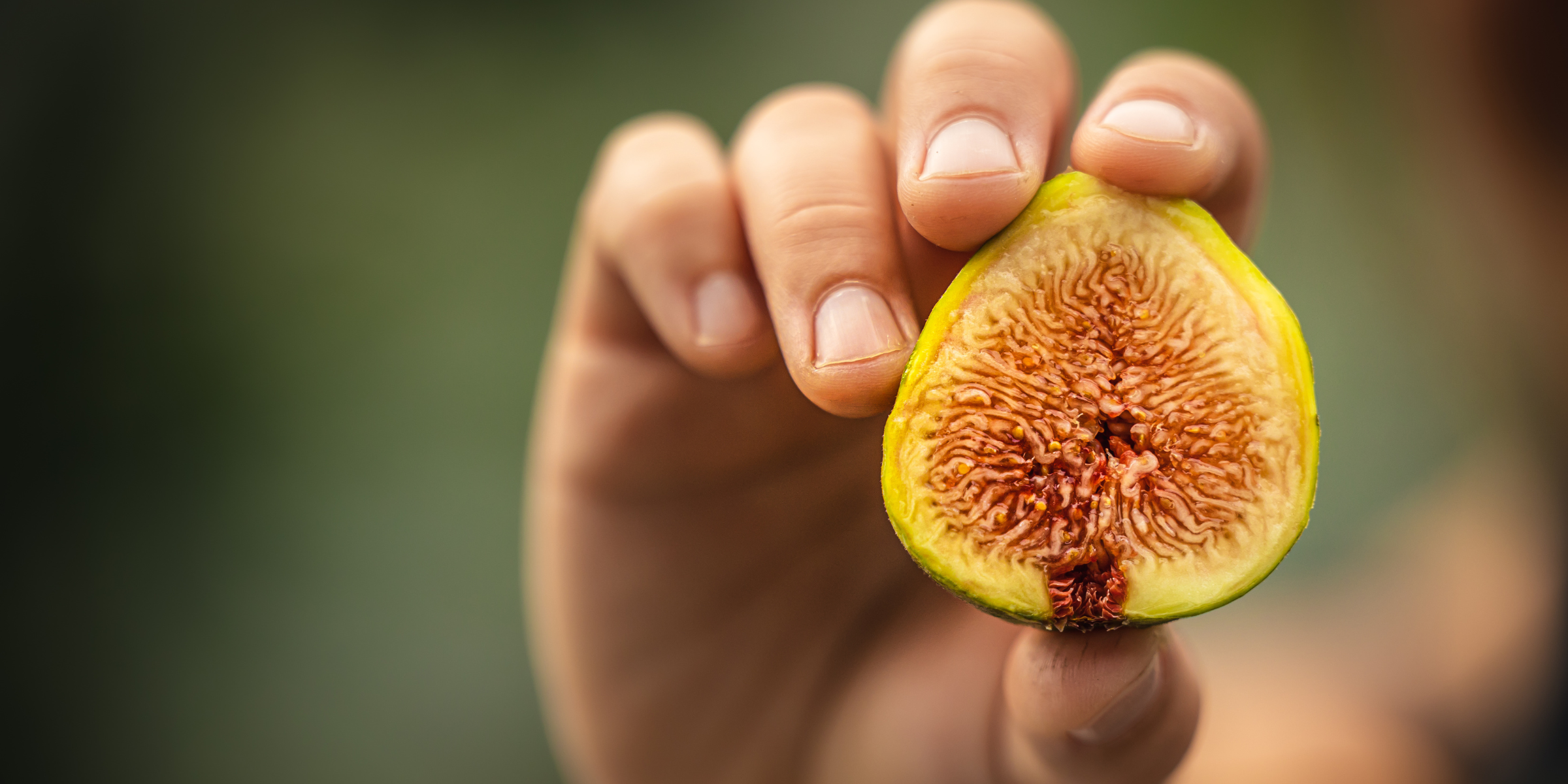
The use of figs at home
Surprisingly, figs are not fruits, but inverted flowers. Unlike other fruit trees like the apple tree, it is inside the pear-shaped pod that the flowers of the fig tree develop and then become the fig. Each flower, therefore, produces a single fruit whose shell is hard and which has only one seed, called achene. This is what gives the fig the crunchiness that sets it apart.
Each variety of figs has its own characteristics. The fig is fleshy, sometimes crunchy, tender, or melting, and sometimes fruity, floral, or woody. In the valley, we grow several varieties, allowing everyone to discover the world of fresh figs. We harvest our figs at full maturity when they have developed all their sugars and flavors.
Of course, it can be eaten on its own. At home, it can be added to salads, or placed on a cheese and charcuterie platter. We add it to breakfast on yogurt covered with our honey. You can also cook it in compote, grill it in olive oil, or add it to pasta. The uses are endless.
Keep figs for 3 to 4 days at room temperature and for about a week in the refrigerator in the open air.
